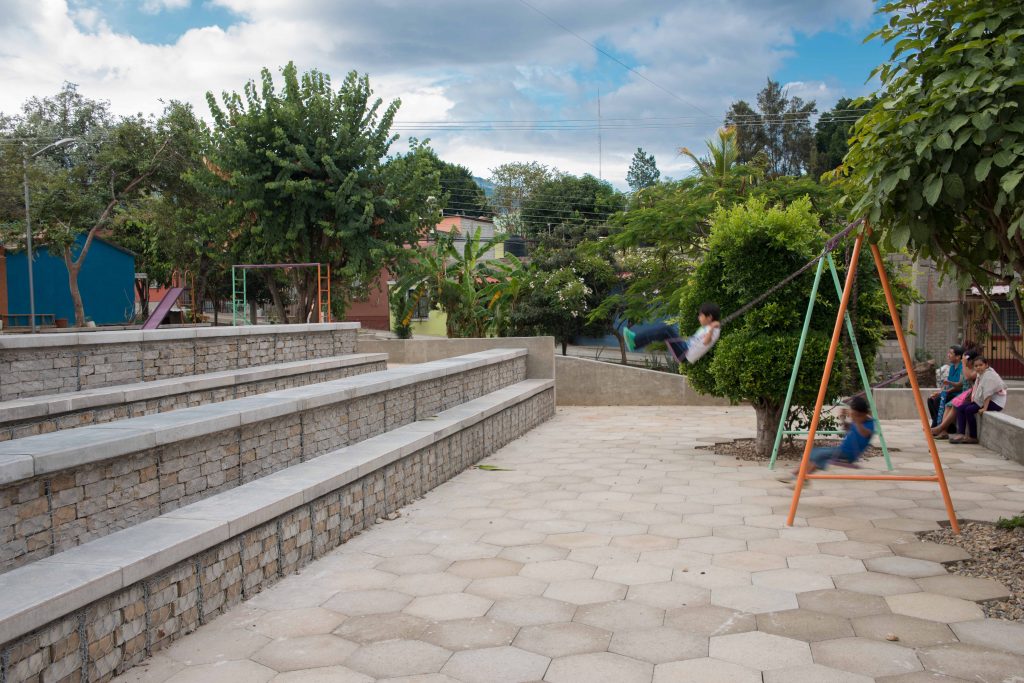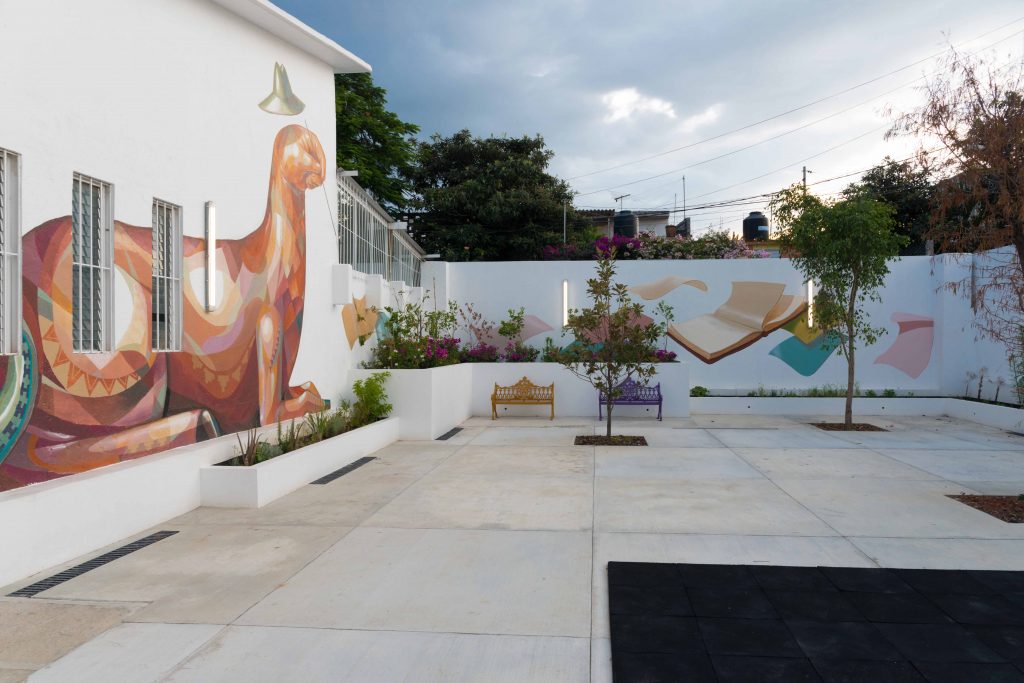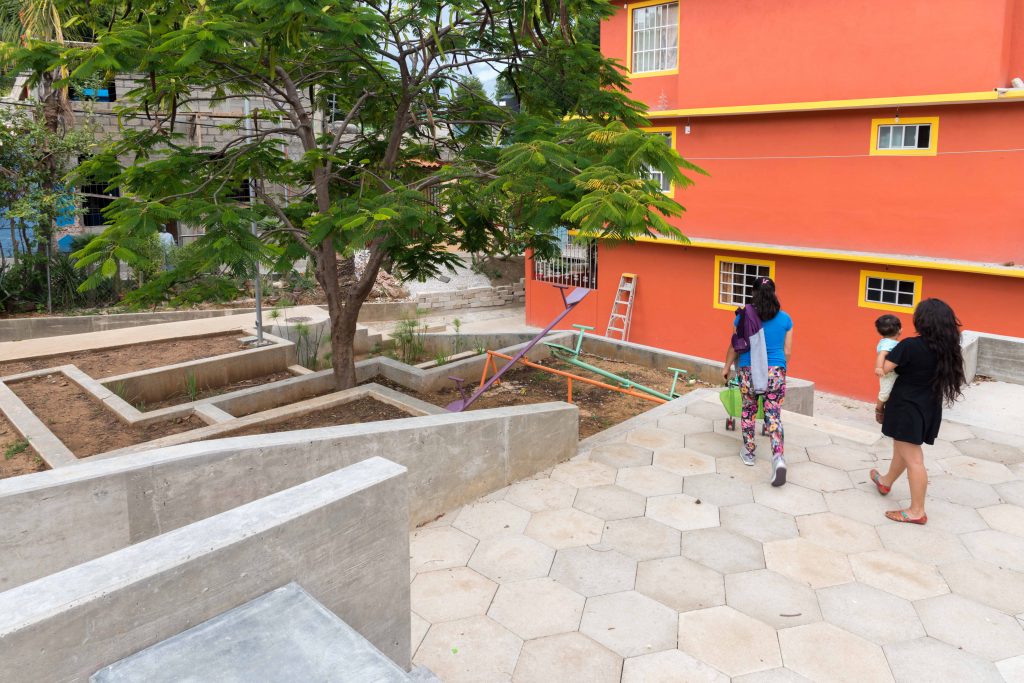
Staying a Step Ahead: Institutional Flexibility in the Rehabilitation of Social Housing in Oaxaca
Primero de Mayo project unfolds with three major dimensions: as an intra-institute policy innovation, as a physical design intervention, and as community development program.
A discussion panel with the participation of Infonavit and Fundación Hogares officials will take place on November 9th, 6:30 p.m. at the Harvard Graduate School of Design, Room 112. The event is a joint effort between Mexican Cities Initiative, the Department of Urban Planning and Design, and the Joint Center for Housing Studies.
Among the responses within the Mexican National Workers’ Housing Fund Institute, or Infonavit has been a move towards broadening the scope of policy from the individual home to a consideration of the impact of housing at the neighborhood scale. One example of this has been a series of pilot programs, led by Infonavit’s Office of Sustainability and supported by Infonavit’s board, which aim to address problems of those living in Infonavit housing by considering the relation between individual homes and their context.
This case will closely examine a set of inter-related projects inspired by this new initiative, which were undertaken in the Unidad Habitacional Primero de Mayo in the municipality of Oaxaca de Juarez, Oaxaca and inaugurated in June 2015. The work undertaken in Primero de Mayo was part of the Infonavit-funded pilot Regeneración Urbana, which supported projects in three cities across the country.

In Primero de Mayo the project consisted of a built intervention that sought to mitigate the flooding experienced by some residents of the unidad, coupled with a reinvigoration of the neighborhood’s public spaces. These aims were to be achieved through the rehabilitation of a central canal and a set of interconnected walkways and plazas. The broader objective of this work was to use this physical intervention to re-engender a sense of collective ownership of the neighborhood’s shared spaces and re-establish neighborly co-inhabitance. These social ambitions were supported by community work conducted before, during, and after the physical rehabilitation. Implementation was spearheaded by the non-governmental institution of private assistance Fundación Hogares, and counted on the close collaboration of a range of local actors.
But in overview, one can say that the Regeneración Urbana program’s status as a pilot is important for understanding the tactics, design, and institutional arrangements it generated. As an experiment intended to show decision makers that conditions could be improved without a fundamental rethinking of national housing policy, the project in Oaxaca required quick execution and the flexibility to adapt to unexpected circumstances. For these reasons the decision by Infonavit’s board to bring Fundación Hogares on to lead the project was crucial, as Sebastián Fernández, Director of the Business Sector explained, not only because they provided important institutional capacities and expertise, but also because of the “natural symbiosis” that characterizes their close working relationship with Infonavit, even while remaining outside its institutional structure.

Primero de Mayo project unfolds with three major dimensions: as an intra-institute policy innovation, as a physical design intervention, and as community development program. In each of these realms, attendant professionals (government officials, designers and policy makers) worked together to adapt to a challenging local context, incorporate the local community in the process, and push forward an experiment in policy innovation via on-the-ground implementation.
One of the important findings of the case is that all three dimensions were intricately connected, and it was this inter-connectivity that helped produced the project’s overall success. The policy innovation set out a clear criteria for the built design, which in turn were limited by the social realities on the ground, which then shaped the community participation element, and so on. In short, each facet of the work carried out in Oaxaca was critical, and held the potential to enable or constrain the scope of the project. But it was the constellation of effects that together generated positive outcomes.




